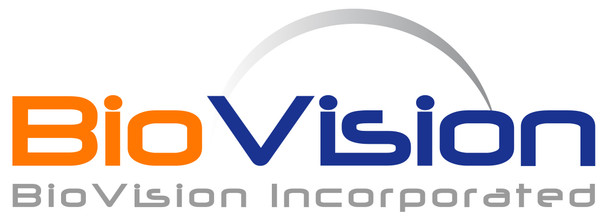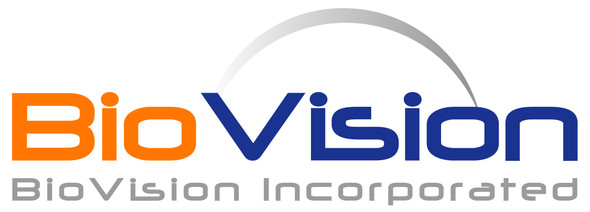Description
Human CellExp™ Complement C5a , Mouse recombinant is available at Gentaur for Next week delivery.
a potent chemotactic factor for human peripheral blood neutrophils and monocytes
Biomolecule/Target:
Alternates names: C5a, Complement Component 5a, Hemolytic complement
Synonyms: C5a, Complement Component 5a, Hemolytic complement
Background Information: Complement Component C5a (C5a) is also known as C5,and is a protein fragment released from complement component C5, is a potent chemotactic factor for human peripheral blood neutrophils and monocytes, and is believed to play an important role in a number of inflammatory conditions. There are several functions in the below: C5a is an anaphylatoxin, causing the release of histamine from mast cells; C5a is effective leukocyte chemoattractants, causing the accumulation of white blood cells, especially neutrophil granulocytes, at sites of complement activation; C5a activates white blood cells by increasing avidity for white blood cell integrins and upregulating the Lipoxygenase pathway for arachidonic acid metabolism; C5a is a powerful inflammatory mediator, and seems to be a key factor in the development of pathology of many inflammatory diseases involving the complement system; C5a modulates balance between activating versus inhibitory IgG Fc receptors on leukocytes, thereby enhancing autoimmune response.
Reconstitution Instructions: Reconstitute in sterile deionized water to the desired protein concentration.
NCBI Gene Symbol: C5
Gene ID: 15139
NCBI Accession: P06684
Additional Information
Size: |
50 µg |
Adwords: |
False |
Country of Manufacturing Origin: |
USA |
Country of Animal Origin: |
USA |
Gene Source: |
Mouse |
Recombinant: |
True |
Source: |
E.coli |
Purity by SDS-PAGE: |
>95% |
Assay: |
SDS-PAGE |
Endotoxin Level: |
Less than 1.0 EU per μg by the LAL method. |
Molecular Weight: |
This protein carries a polyhistidine tag at the N-terminus. The protein has a calculated MW of 10.9 kDa. The protein migrates as 14 kDa under reducing (R) condition (SDS-PAGE) due to glycosylation. |
Storage Temperature: |
-20ºC |
Shelf Life: |
12 months |
Appearance: |
Lyophilized powder |
Handling: |
Centrifuge the vial prior to opening. |






